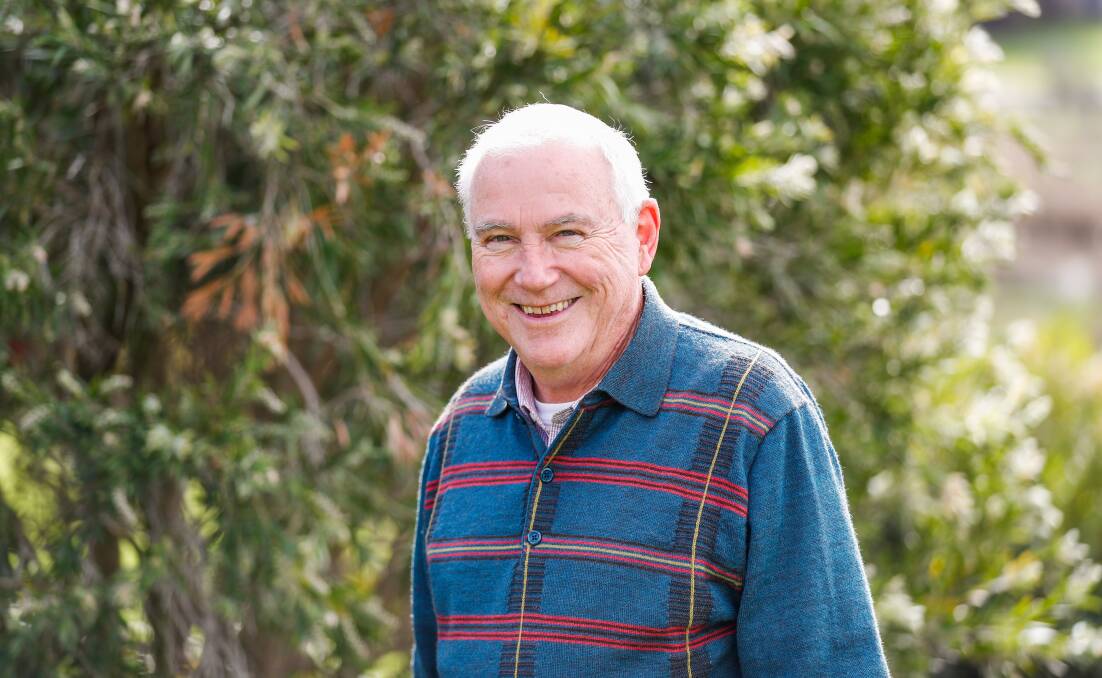
Professor Rob Wallis has been on a journey back through time to find out what Warrnambool's native wildlife looked like when European settlers arrived. KATRINA LOVELL reports.
Subscribe now for unlimited access.
$0/
(min cost $0)
or signup to continue reading
There was a time when it wasn't unusual to trip on a wombat hole in Warrnambool, or see a quoll wandering the south-west landscape in plague-like proportions but much like our southern right whales, they have been hunted out of existence in these parts.
Just how our city's fauna looked when European settlers arrived in the area is a topic that has fascinated Warrnambool's Professor Rob Wallis who has researched the history of some of the native animals that once lived in the area.
And what he has found shines a light on our not so flattering past, and raises questions about what the region might look like now had there been more people back then who were interested in protecting the native wildlife rather than seeing them as sport or vermin.
Old newspaper clippings dating back a century or more talk of quolls in such numbers that it was likened to a mice plague, and wombat holes numbering in their thousands around Warrnambool.
Today the eastern quoll that thrived locally no longer even exists on Australia's mainland, and you have to travel to the South Australian border to find just a small colony of wombats in the area.
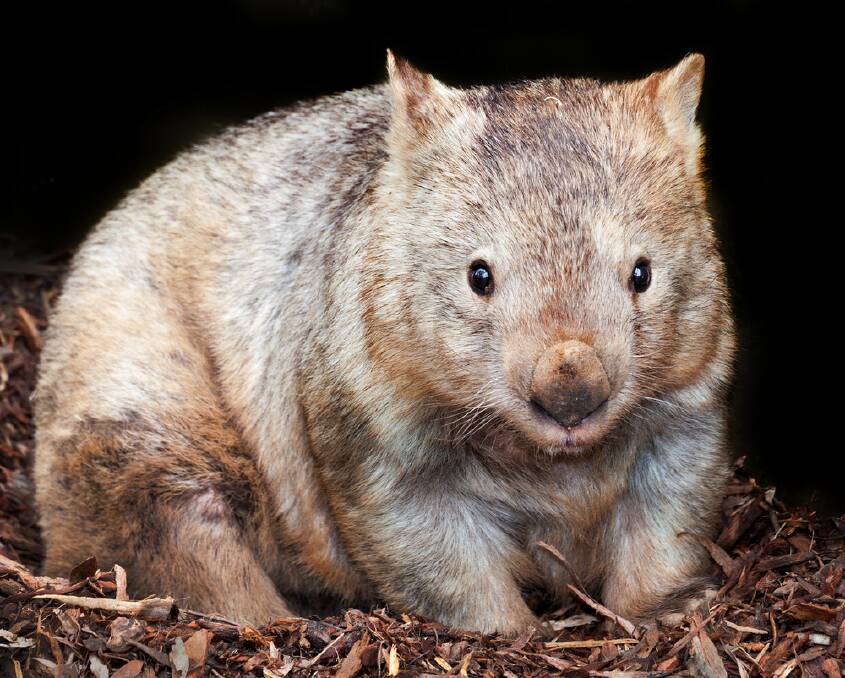
"There has been huge habitat change," Professor Wallis said.
"I think what's interesting is the thought processes of people of old. It's an alien landscape, get rid of it and let's replace it with something we're more familiar with."
As a young kid, Professor Wallis was always interested in animals and nature.
Though destined by family tradition to be a fourth generation pharmacist, Professor Wallis decided instead at university that ecology was more up his alley.
He did an honours thesis on a small wallaby colony they had found that had actually been declared extinct. "That enthused me," he said.
Professor Wallis has spent most of his teaching career in the tertiary sector, and it was while at Victoria College that he first got involved in the Victorian Field Naturalists Club which produces the oldest and longest-running conservation journal in Australia. When he lived in Melbourne he was president of the group, and was even editor of the journal. "When I was trawling through old copies of the journals I came across a little article written by my grandfather when he was 17," he said.
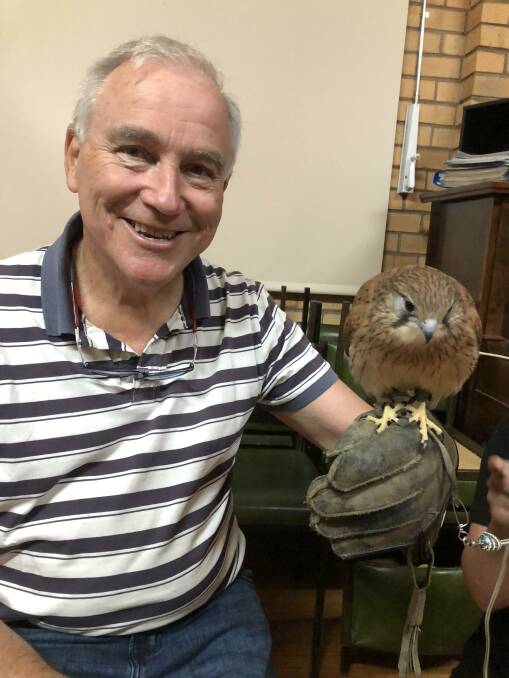
And following in his grandfather's footsteps, he has just published two articles on his research on wombats and quolls in the south-west. "It is interesting to see how much the habitat has changed, and we can never bring back the habitat. We're 21st century. It's a shame, that's all," Professor Wallis aid.
The former head of Deakin's Warrnambool campus said his background in ecology and biology, had sparked a renewed interest in the region's lost native wildlife.
Professor Wallis' research found wombats were quite common in Warrnambool in the 1850s and often seen on the banks of the Merri River.
Newspaper reports from 1857 reveal that in the early days of settlement there was so many wombats that they left "thousands" of holes behind. But the wombat's favourite haunt was the mouth of the Hopkins River and further to the east where they would hide out in the limestone.
But as the population swelled, the wombats began to disappear when they became a favourite of hunters or were seen as vermin by farmers. "They would knock down fences and people regarded them as pests. I think that was one reason they were probably persecuted a bit," Professor Wallis said.
"There were not too many reports of people deliberately going out and shooting them....but they'd come across wombats and they'd just shoot them because that's what you did."
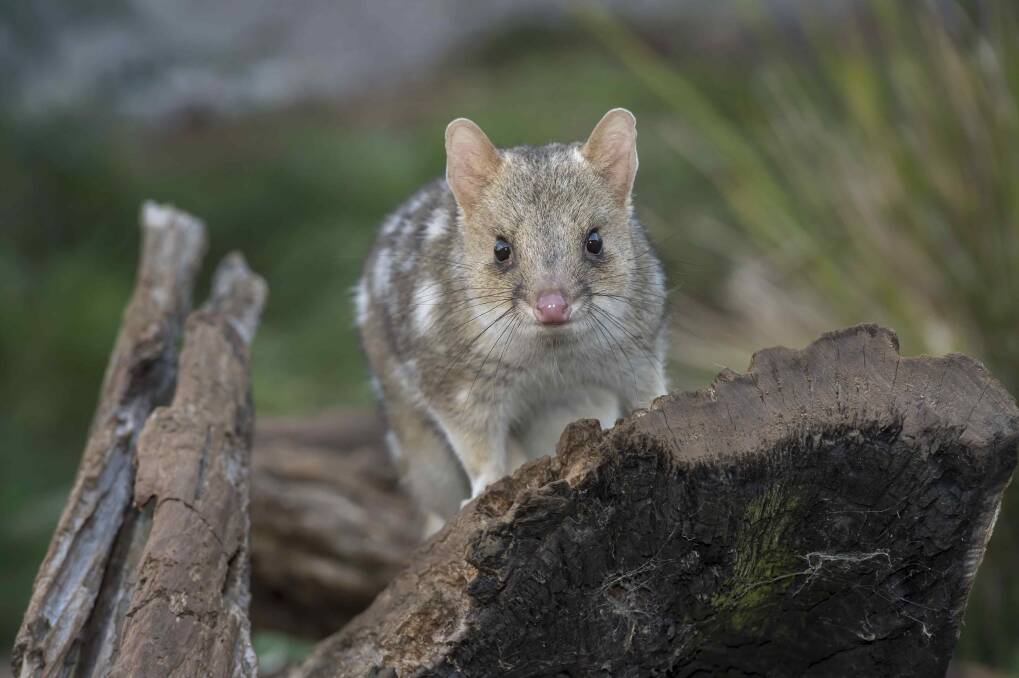
Even the study of animals was done differently back then. "Groups would go out, men dressed in their suits mind you and ladies in their long dresses, shooting. The idea of studying animals in the wild was you just go shoot them and bring them back to the meeting and display them . That was natural history," he said. "Things have changed fortunately, but that was philosophy in those days."
By the 1880s, there were few wombats left in Warrnambool but the holes they left behind were still causing havoc for locals. "The trouble was when people rode horses around, the horses would trip down the thing," Professor Wallis said.
In 1887, a two-mile trip home on horseback took a deadly turn when a horse stumbled on a wombat hole in the Warrnambool common and the rider - worse for the drink - died, newspapers reported.
The wombats would also cause havoc for store owners with reports their burrows under Liebig Street would cause a shop verandah to collapse, Professor Wallis said.
There were also newspaper reports warning people to be careful along Warrnambool's foreshore near Granny's Grave because you could break your leg falling in one of the many wombat holes.
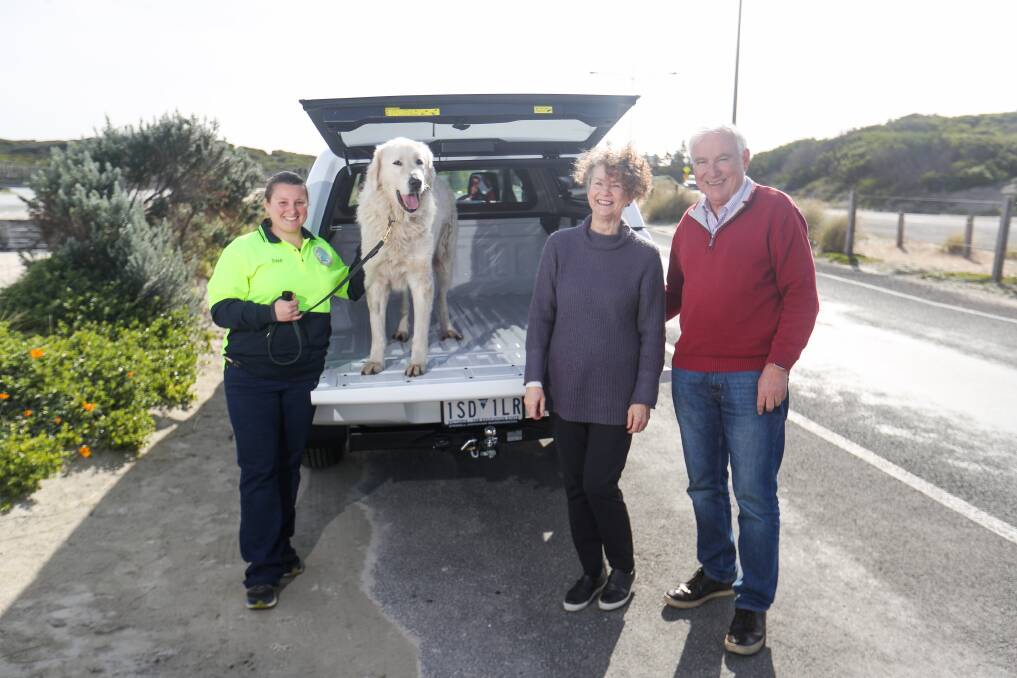
"There's also a tale, that I believe is true, that when people would send dogs in to chase rabbits out of the burrows, they'd go in and find a wombat there and the dogs would climb onto the wombat's back and try and bite its neck," he said. "The wombat would lay itself flat and then stand upright and crush the dog against the top of the burrow. The farmer would dig out the burrow to find out what had happened to his dog."
Professor Wallis said the wombat holes were so large it was reported that students at a prestigious Victorian boys school used to be sent into the burrows to map them and trace how far they went and how many branches they had. "Could you imagine schools nowadays letting a teacher do that," he said.
IN OTHER NEWS:
Victoria declared the wombat as vermin in 1906 and a bounty was placed on their heads from 1925 to 1966. The last known wombat in Warrnambool was believed to have been seen in the 1930s.
Disease could have also played a role in the disappearance of wombats from Warrnambool with a lot of native animals being wiped out in the 1880s, Professor Wallis said.
The region's quoll population was another casualty of European settlement in the south-west. Professor Wallis said the eastern quoll disappeared entirely form the mainland and the spotted quoll, or tiger quoll, are confined to upper regions of the snowy river in East Gippsland.
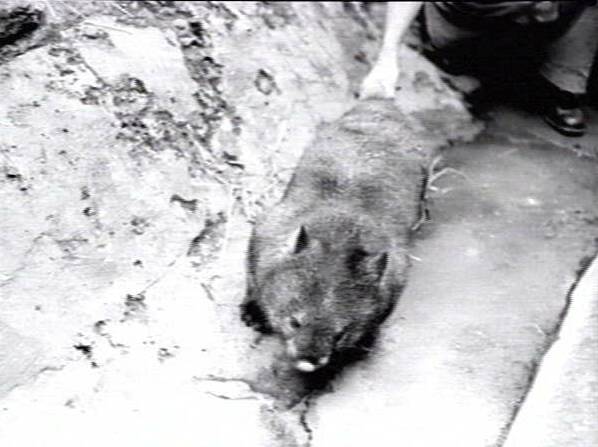
He said they were "absolutely prolific" near Portland and his research found there were so many it was likened to a mouse plague. There are also reports of quoll hunts where 600 were shot in just one weekend. "It's just staggering. They must have been prolific in numbers. It's just a shame," he said.
"They're an extraordinarily attractive animal. They don't smell. They're a lovely little animal. To see that they were persecuted when they were actually eating rabbits you've got to wonder."
Professor Wallis said there were 79 failed attempts to release rabbits in Australia, but it was thought the ones released at Winchelsea were the "ones that finally got away". "These absurd English people thinking we need to have rabbits because then we can have foxes to get them. It's just unbelievable the mentality," he said.
Our journalists work hard to provide local, up-to-date news to the community. This is how you can access our trusted content:
- Bookmark https://www.standard.net.au/
- Make sure you are signed up for our breaking and regular headlines
- and newsletters.
- Follow us on Facebook, Twitter, Instagram and LinkedIn.
- Tap here to open our Google News page.
- Join our Courts and Crime Facebook group and our dedicated Sport Facebook group
- Subscribe
CORONAVIRUS STORIES:
We have removed our paywall from our stories about the coronavirus. This is a rapidly changing situation and we aim to make sure our readers are as informed as possible. If you would like to support our journalists you can subscribe here.
Have you signed up to The Standard's daily newsletter and breaking news emails? You can register below and make sure you are up to date with everything that's happening in the south-west.


